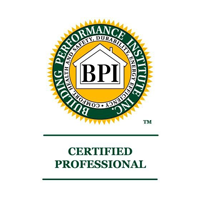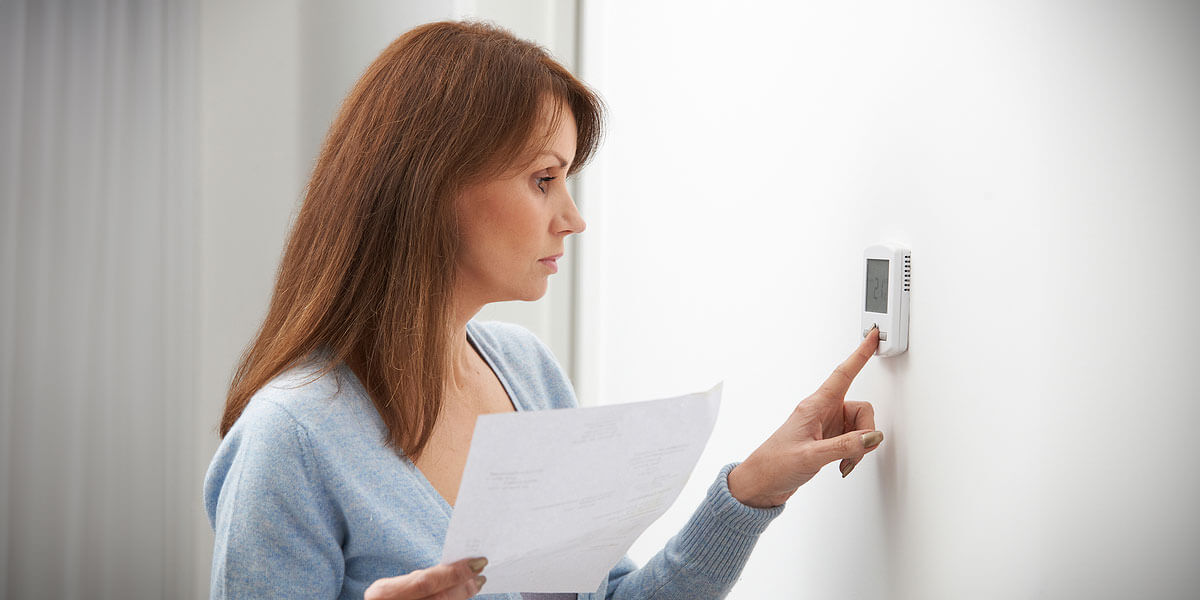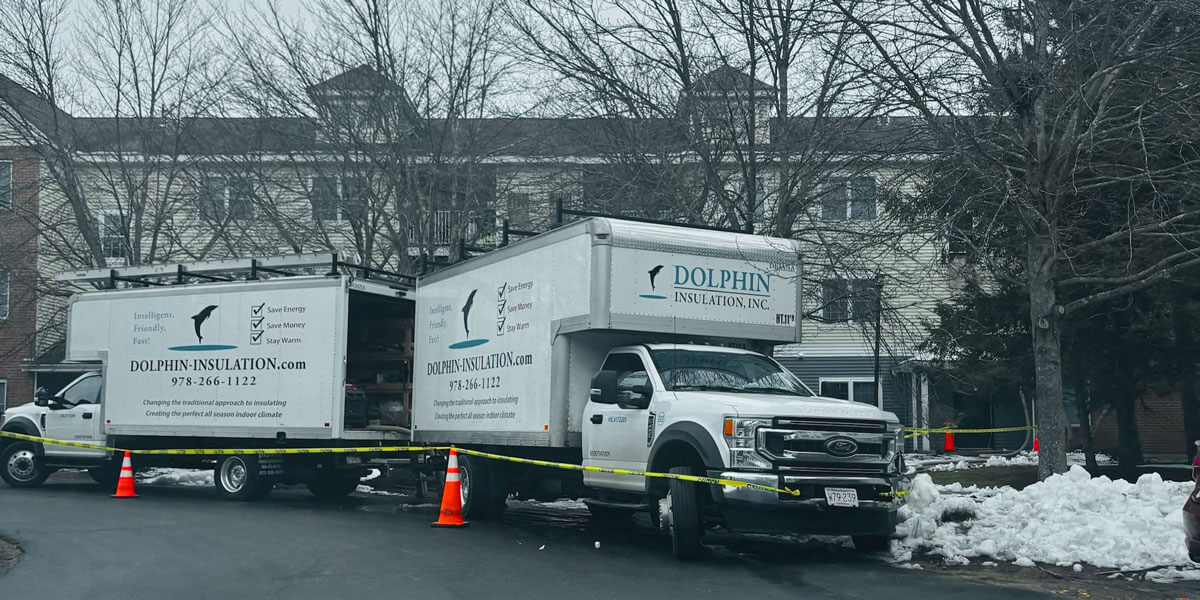Most American homes have air barriers that don’t live up to their name; they leak air instead of seal off airflow. These barriers touch the floor, walls, or ceiling but aren’t continuous where they join the building, which allows air to move through the open space. Luckily, a faulty air barrier can easily be fixed through a diagnosis and sealing procedure. But what exactly makes an air barrier effective for air sealing?
An effective air barrier is continuous, and separates inside from outside air. Continuous, in this context, means that there are no gaps between the barrier and the surface it attaches to(such as the floors, walls, and ceiling).
Air barriers surround all sides of your home to make sure that the whole house is air-sealed. The barriers are located right next to the insulation in your home, so they can work together to keep your home warm.
To effectively seal a home, you first need good materials. For example, carefully installed drywall that is glued to the frame of your house can be very airtight and help the barrier block air. On the other hand, segmented building materials such as lap siding and shingles are very leaky. Concrete, brick, and stone also have many small holes in them that air travels through.
Air sealing helps insulation do its job of slowing heat transmission. When the air barrier does not seal off air, the air moving around carries heat from one surface to another. It brings air across the barrier separating the inside of your home from outside. Heat loss is then sped up due to the moving air.
When the air flows over insulation’s surface, it carries the heat away from the inside of your home through convection (heat traveling through the air). This process decreases the overall R-value (thermal resistance) of your home.
When the air barrier blocks airflow the way it should and insulation slows heat movement, your home will be sealed all around. Your R-value will be high, along with the amount of energy and money that you save.
Heating your home is not a job saved for your furnace; there are many factors that contribute to making sure the heat remains inside. Installing an effective air barrier is an essential part to conserving heat, energy, and money in your home. It does not require major alterations, so installing air barriers is an easy, highly effective task.
Contact Dolphin for a free diagnosis of the airflow in your home. Taking small steps can improve your home, help the environment, and save you money.















